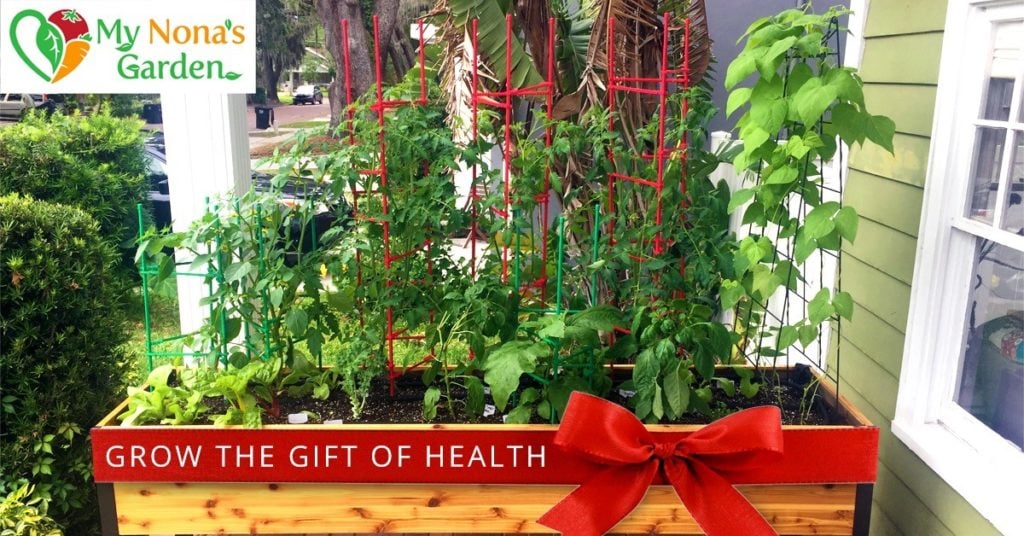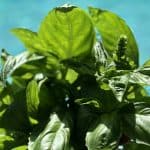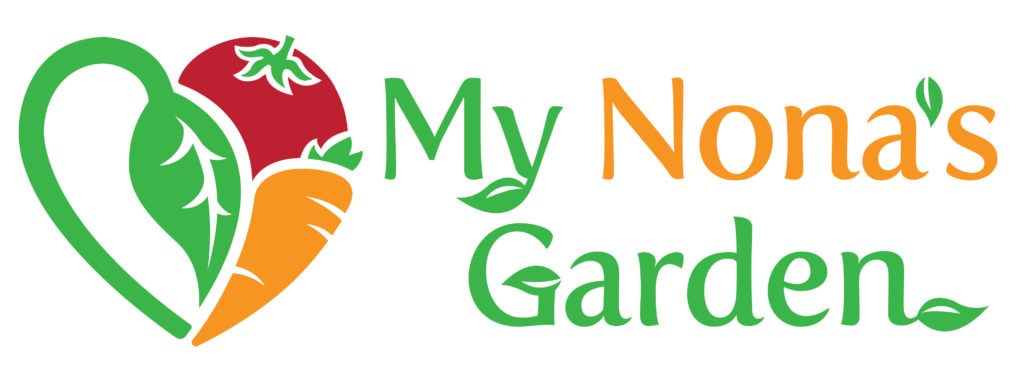
The months of September and October are a great time to start planting your garden. In September, things cool off just a bit. By cool off, of course I mean it goes from the high 90s to the low 90s. The natives notice the difference, but to everyone else, it is still just hot! Then, in October, we hope to see more days in the 80s, and that is when it really feels like the summer heat is behind us.
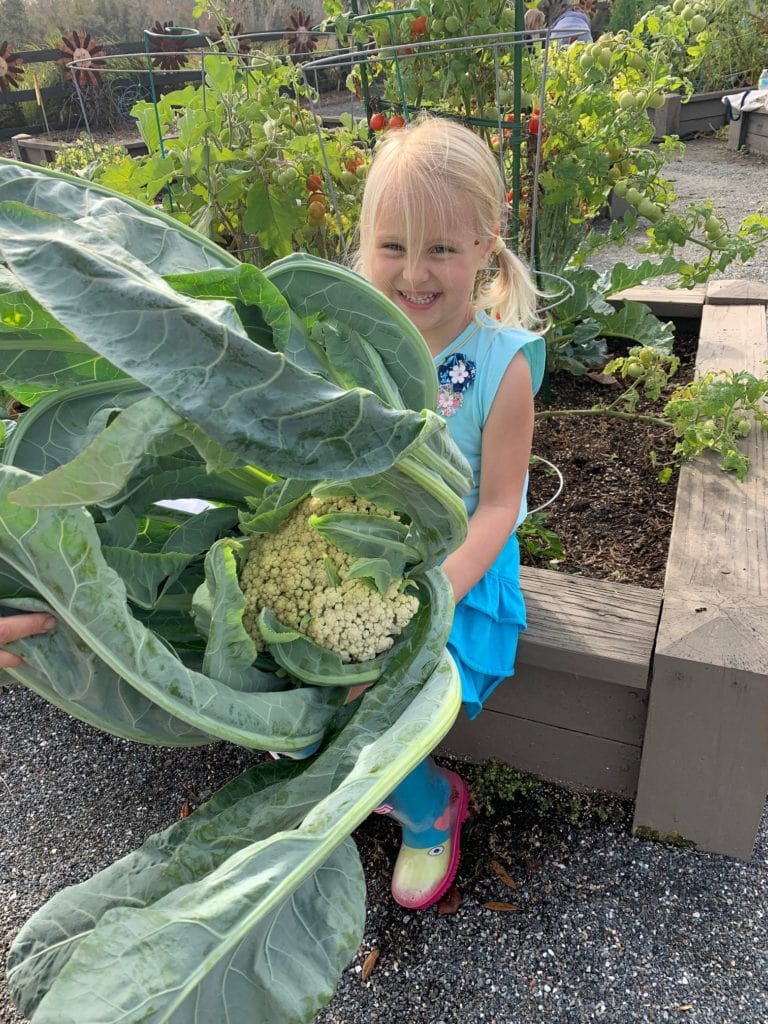
The same goes for your fall vegetable plants. Those summer days are just too hot for cold-loving plants like cauliflower, broccoli, and cabbage. We are fortunate enough to be in Central Florida, which is one of the only places in the country that can actually grow vegetables 10-12 months out of the year. It just depends on how hot it is in August and how cool it is in February. When we have a mild winter, like last year, we can grow vegetables year-round and never pack up our gardens like they must do up north.
The 2019 fall season was so wonderful that we were able to continue growing vegetables through February and straight into March, when we planted our new spring gardens.
When our winter is mild like last year, we can usually get away with growing certain heat-loving plants like tomatoes and peppers. Our weeks can vary in temperature from the 80s and 90s to the 60s and 70s, week by week. Typically, when we get a cold snap, meaning temperatures down in the 60s, it only lasts for a few days. That is not enough to really affect the production of these plants. They will slow a little; then, we bounce back up into the 80s, and the tomatoes and peppers just keep on producing.
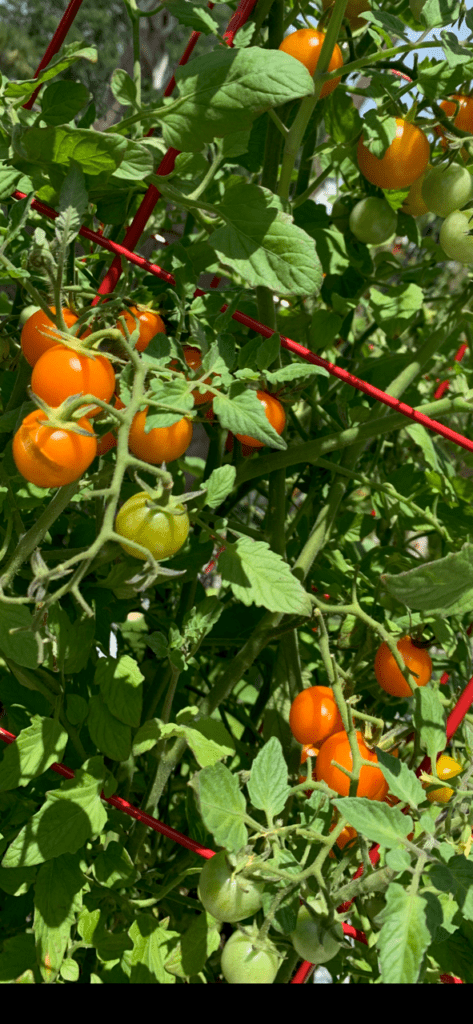
The issue comes in when we get our first frost or hard freeze. When there is a frost, the production and growth of a heat-loving plant will slow or stall. Since we typically bounce back up quickly, the plant will just bounce back within a week or so. When there is a hard freeze, these plants must be covered and protected to survive. Then, they will start producing and growing again about a week after temperatures come back up.
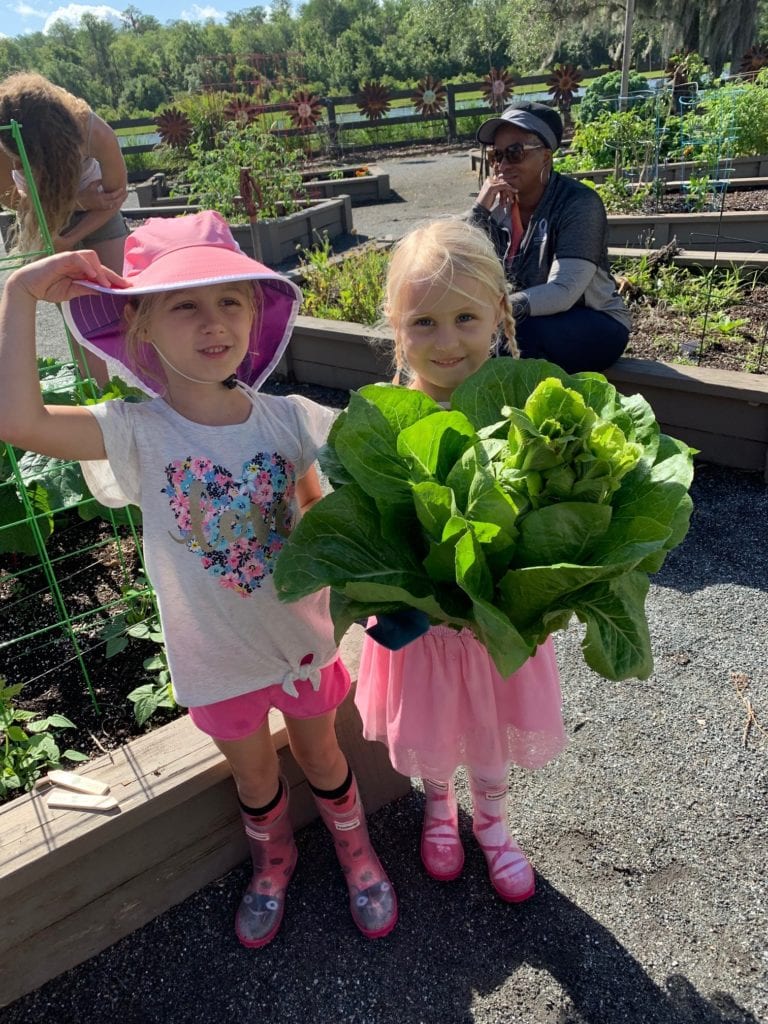
The cold-loving vegetable plants, like cauliflower, broccoli, cabbage, and carrots, all keep growing and producing during a frost. They do not even need to be covered. The carrots get sweeter when there is a cold snap. When there is a hard freeze, it is good practice to cover everything in the vegetable garden with a breathable garden fabric to create a protective barrier. Remember to water the soil first, too. Since we typically get a hard freeze just one night for a few hours, the cold-loving vegetable plants really do bounce back quite quickly.
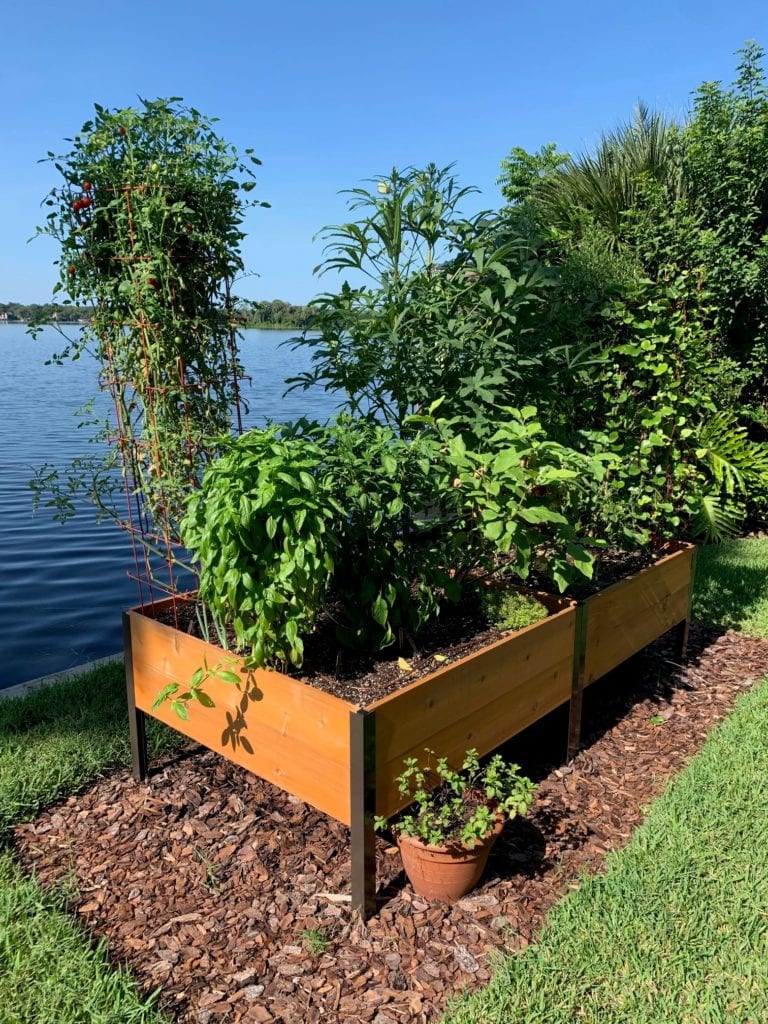
Now, you can see how the temperature and harshness of the weather can have a significant impact on the production and yield from your fall garden. In the beginning of September, the La Niña weather pattern developed in the U.S. and is predicted to last through February 2021. This causes the northern states to be colder and rainier while the southern states get warmer and drier. All I can say is, don’t pack up your tomatoes and pepper plants just yet. They may surprise you and keep producing clear through the spring.
Happy fall gardening!
